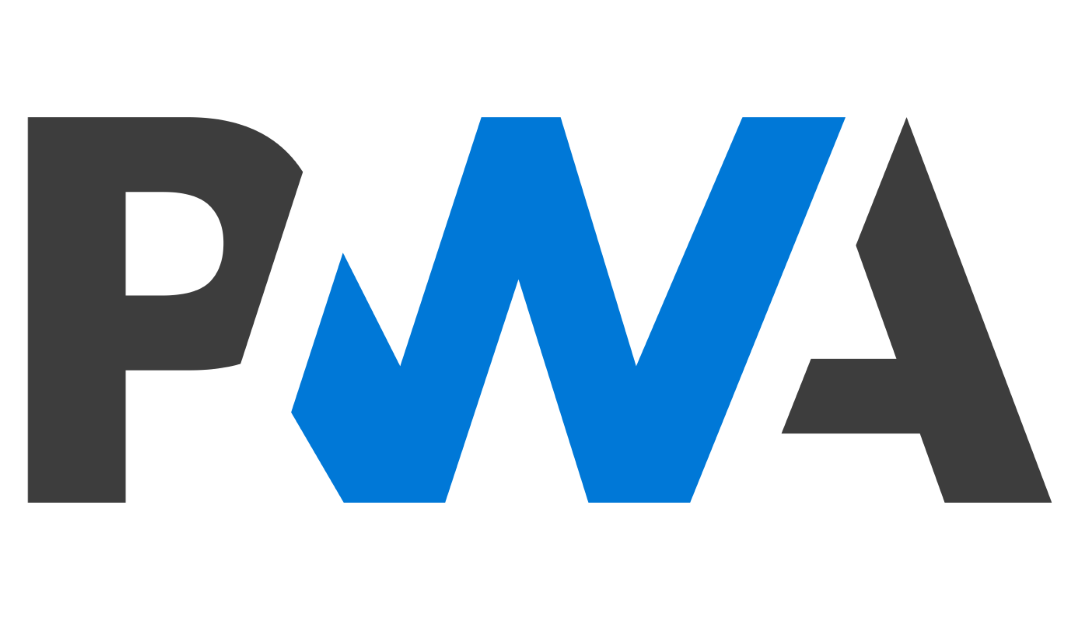What is a Progressive Web Application?
What exactly is a progressive web application? Although the concept isn’t new, its importance in modern-day web development can’t be stressed enough. At the core of every progressive web application (PWA) lies the concept of delivering an app-like experience to users regardless of platform or device. In this article, we’ll take a look at how to develop PWAs and go over some of their benefits, as well as their strengths and weaknesses compared to mobile applications.
What are Progressive Web Apps?
A progressive web app (PWA) is an approach to web development using modern web technologies to create applications that are meaningful and functional in every context of use. As opposed to mobile-first, which focuses on optimizing mobile experiences first, PWAs start with what matters most—providing a good user experience regardless of device or browser type. This document provides answers to questions you may have about PWAs.
A progressive web application (PWA) makes use of modern web capabilities to deliver an app-like experience to users. This entails the delivery of content and data progressively through technology such as service workers, responsive design, push notifications, and application programming interfaces (APIs). PWAs are much more than just websites that work offline. In fact, they’re mobile applications that just happen to work when there’s no internet connection or if a user has poor connectivity.
Another distinguishing feature of progressive web apps is their installation on mobile devices like smartphones and tablets. Users can store these apps on their home screen using an icon for easy access when they need it or want it. A Progressive Web App (PWA) is an app that feels like a regular mobile application, but works for every browser and operating system. It can be installed on your phone’s home screen just like any other app, and it will even send you notifications.
The best part about PWAs, however, is that they’re actually just websites — built using service workers and JavaScript — that can appear to users as apps if they meet certain criteria. Service workers make it possible for your website to work without an internet connection by caching resources locally on your device. These technologies let you build fast-loading web pages with rich functionality not normally found in a mobile browser window.
Why Should We Build Progressive Web Application?
Progressive web applications are taking over mobile internet usage. This year, they will account for more than half of all mobile traffic, and as many as six billion devices will be connected to them. By 2020, PWAs are expected to make up 80% of total global internet traffic. . A PWA can make it easier for people to use your products or services, especially those with low specs (such as slow connections) by providing an accessible solution.
How Can I Build a PWA?
Progressive web apps can be relatively simple or complex, depending on your goals. Building a progressive web application involves coming up with an idea and then thinking through every aspect of that idea– including what you’ll build, how it’ll work, how it will look, and so on. For example, if you want to create an app for recipes that need to be followed precisely (such as baking), then you’ll have different considerations than if you’re building an app for casual browsing (such as watching cooking videos). Whether you decide to use JavaScript frameworks or native coding languages like HTML5/CSS3/JavaScript will also impact how much time goes into developing your PWA. At Perma Technologies we can customize a strategy and implement this latest technology, which will benefit your customers.
Are There Tools to Help Me Easily Create my PWA from Scratch?
There are many tools that can help you start building your own PWA. Some of these include: -The Angular CLI and Angular CDK – Lighthouse, a cross-platform mobile app development framework based on Apache Cordova, Polymer, an open-source library for building Web Components. It also provides additional tools like polymer init and polymer toolbox to help speed up PWA development. These are just some of the many options out there.
How Do I Verify My PWA Works Well Across All Platforms?
Google Chrome has a handy PWA generator built in, which can be found at chrome://flags/#enable-add-to-homescreen. If you click that link, you’ll notice it’s off by default; turning it on and relaunching Chrome will make web apps installable from your home screen just like native apps. (Windows 10 offers similar functionality with its own Web Apps option.) But Chrome isn’t your only option—many other browsers have made strides to support PWAs as well. Microsoft, Firefox, Mozilla, and Opera all have some PWA support baked in—in addition to Safari for Mac.


Recent Comments